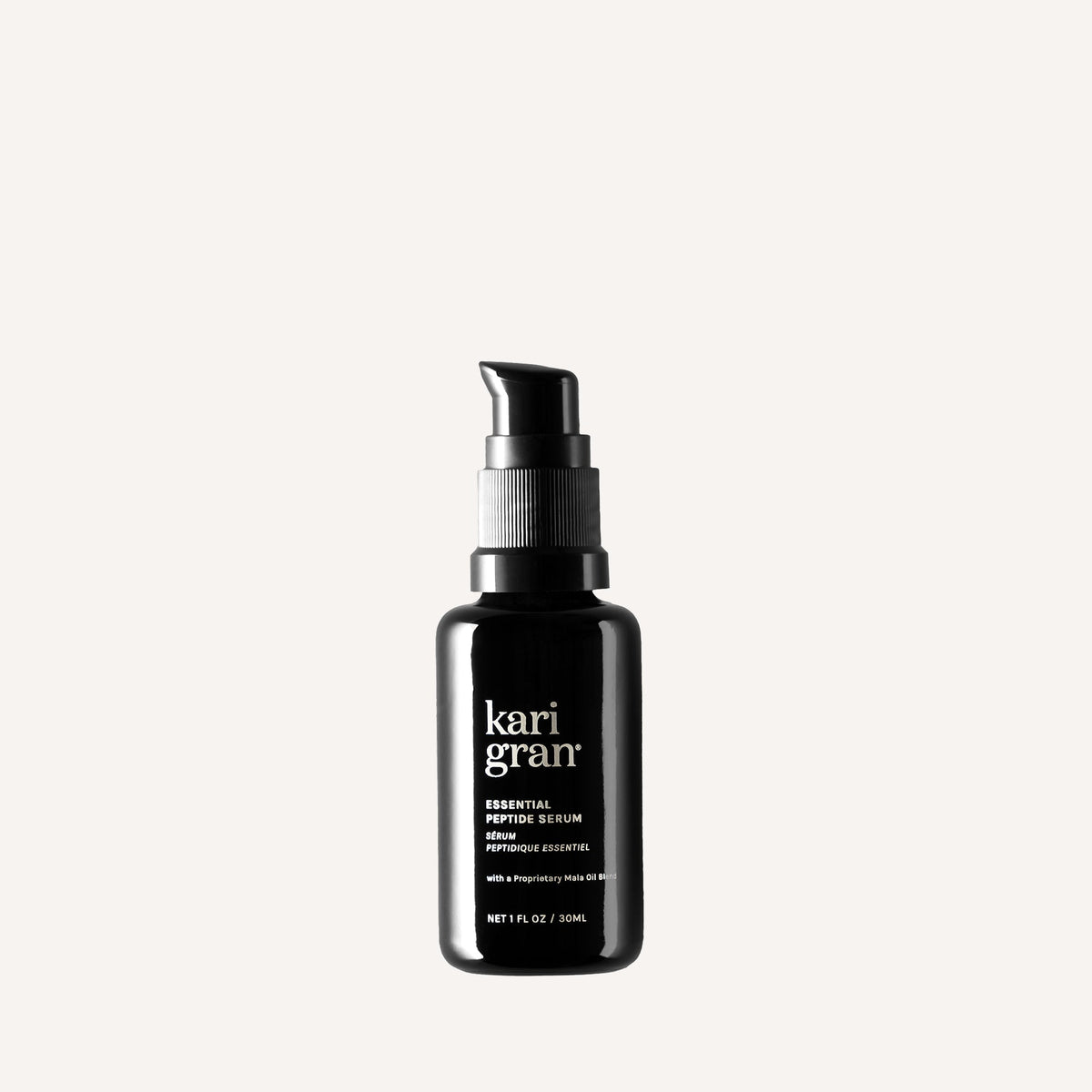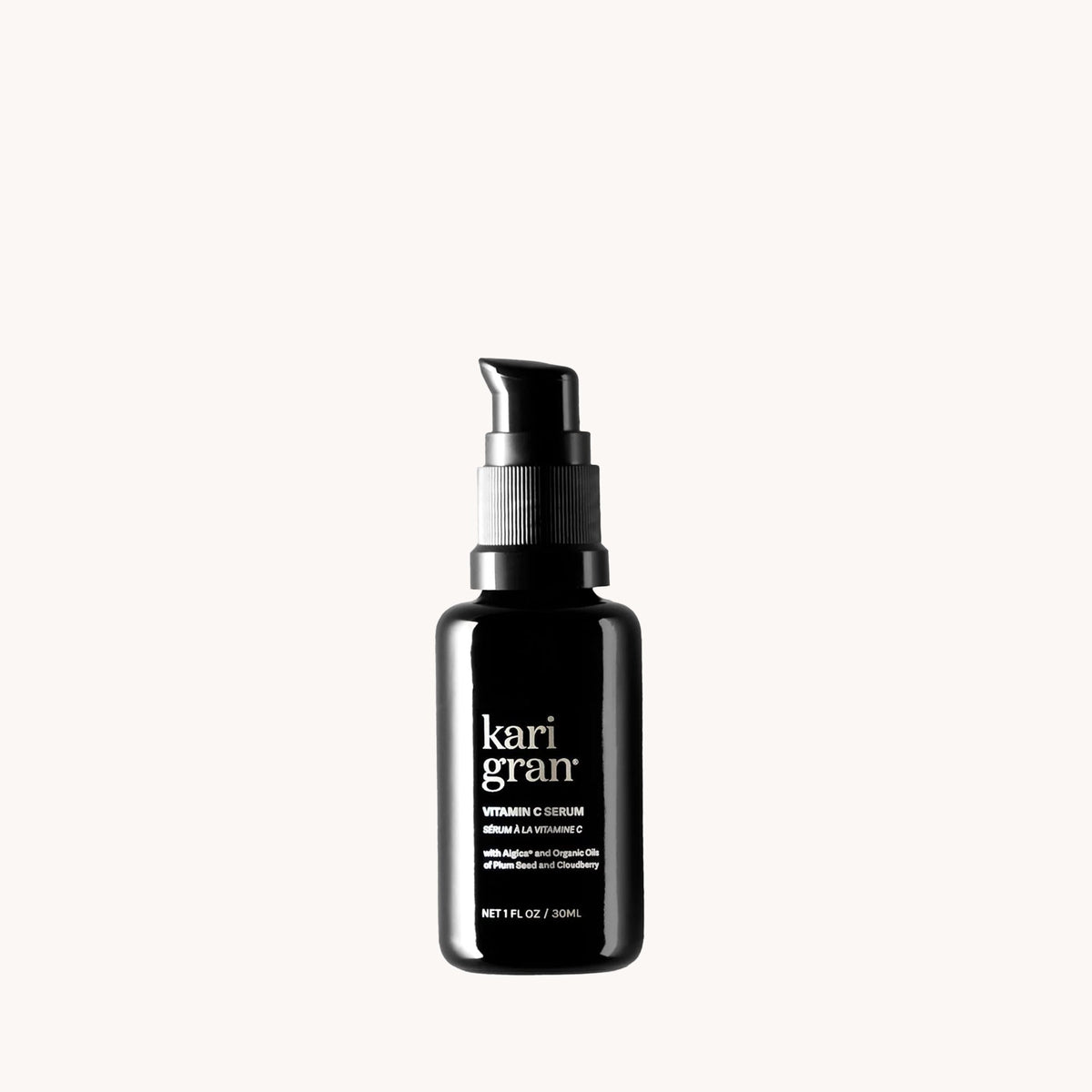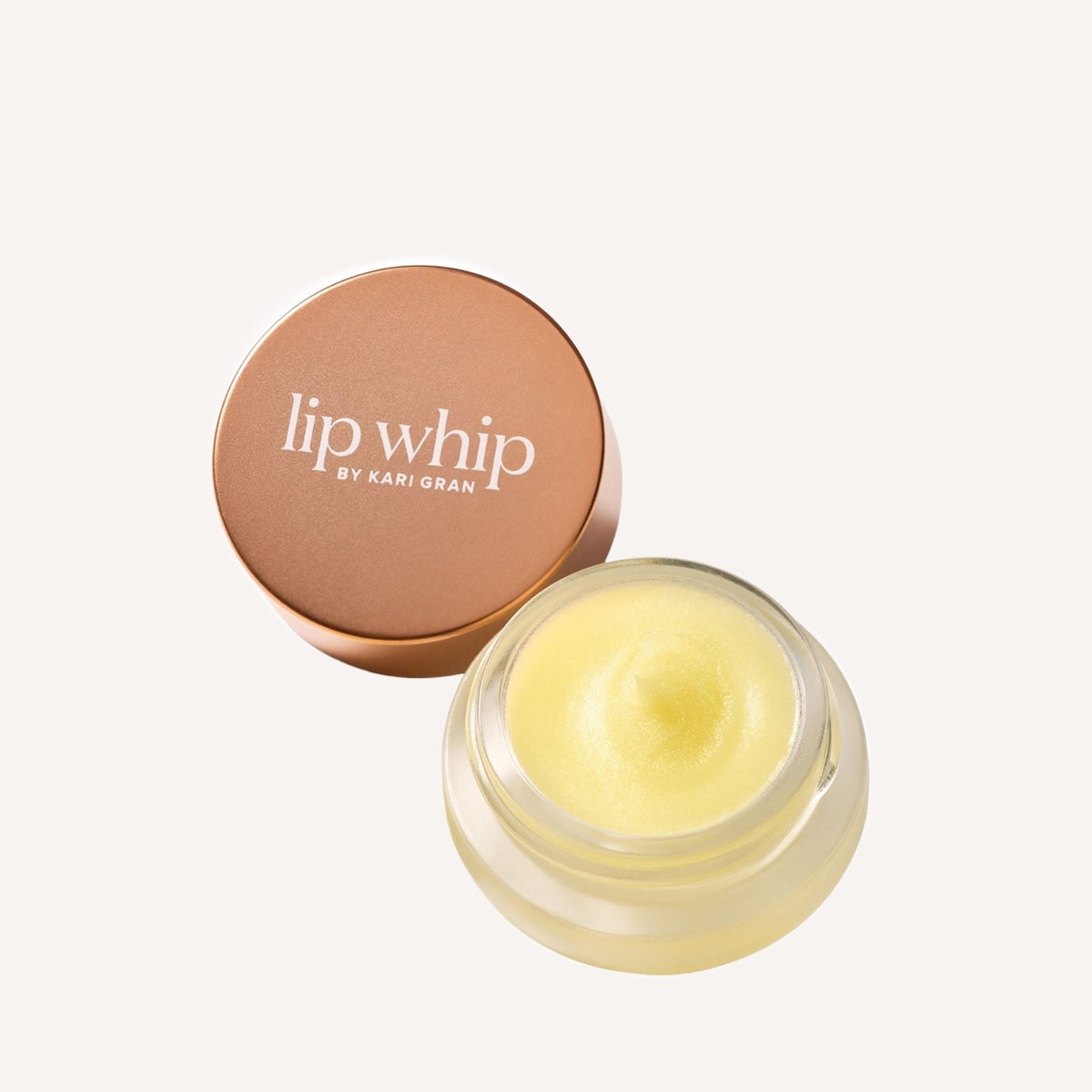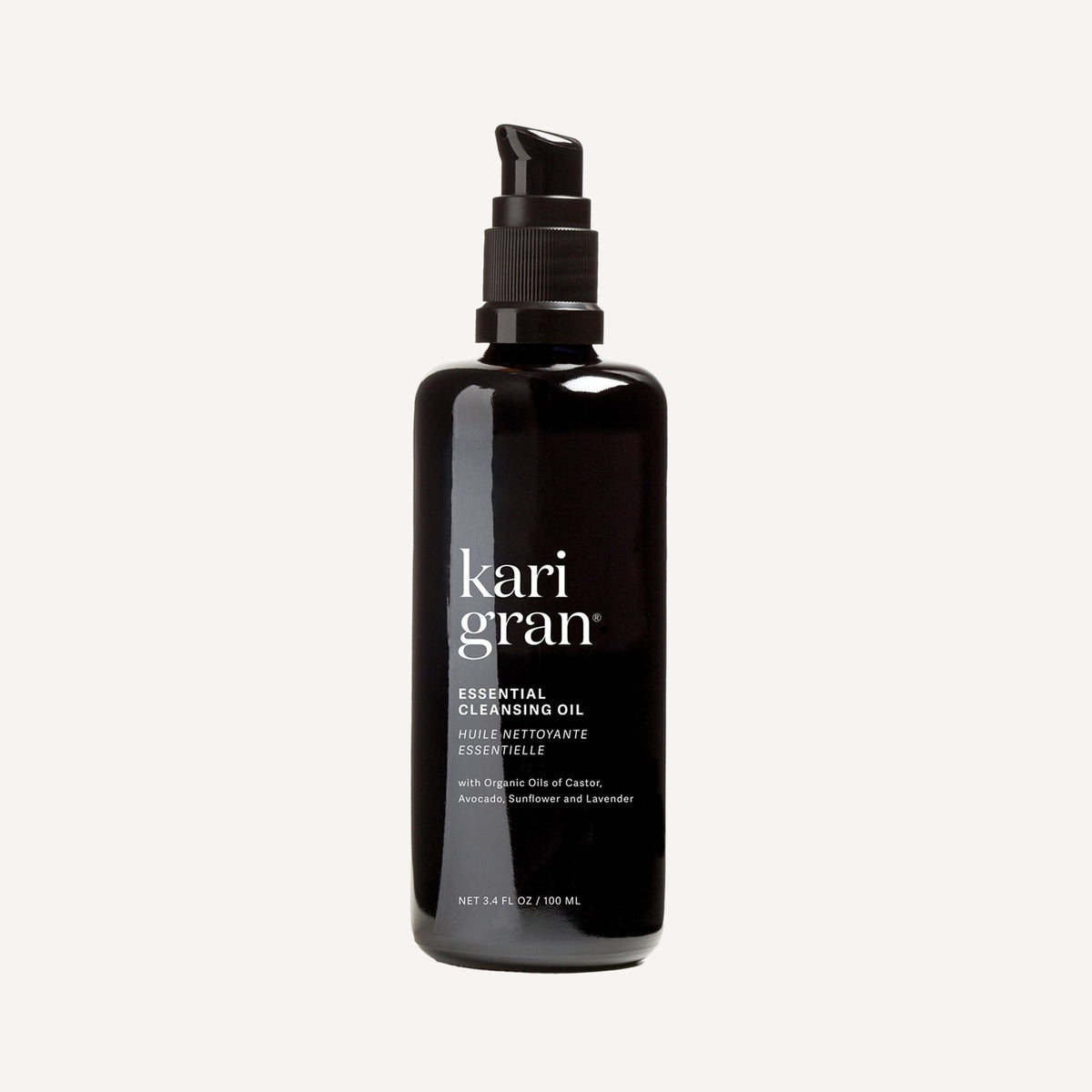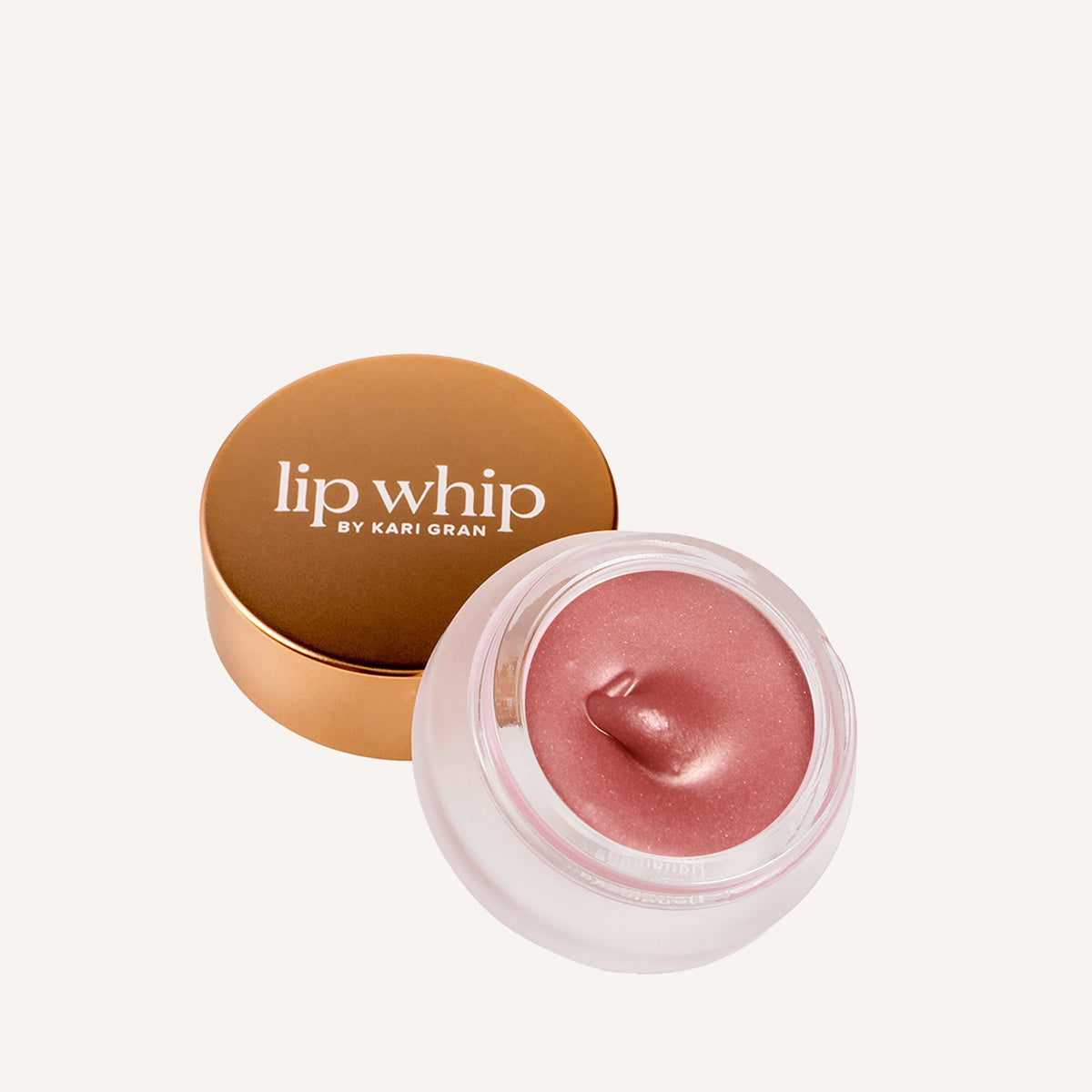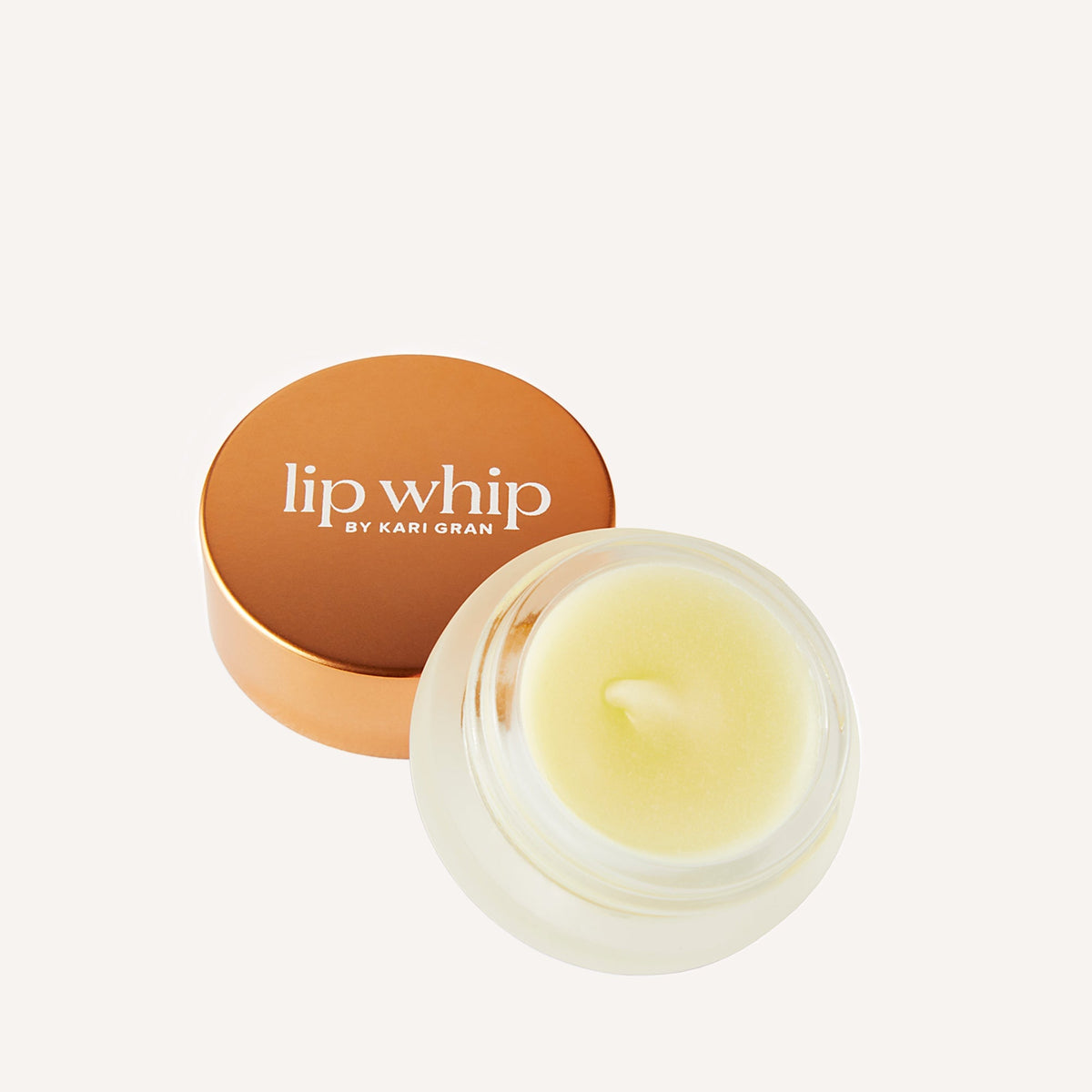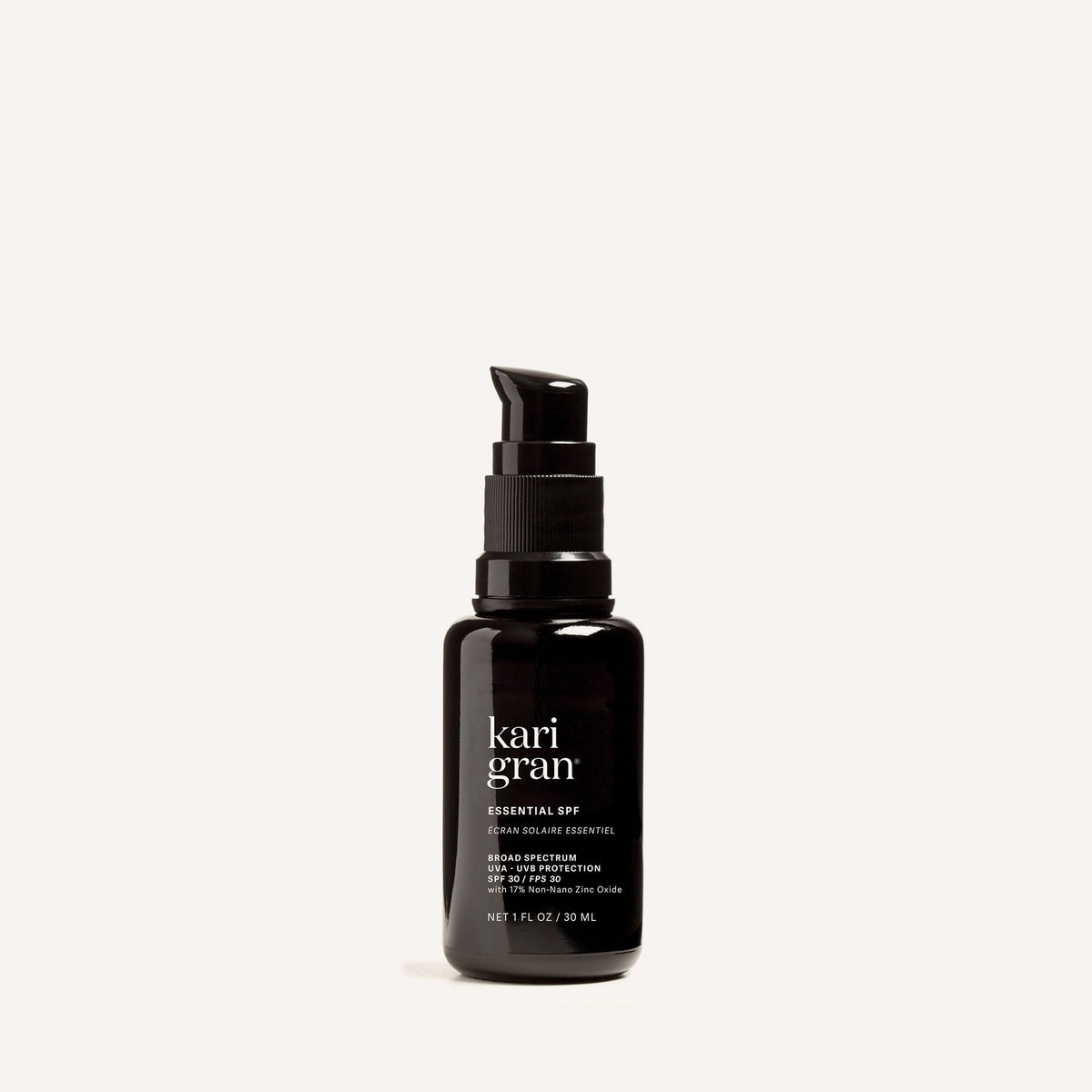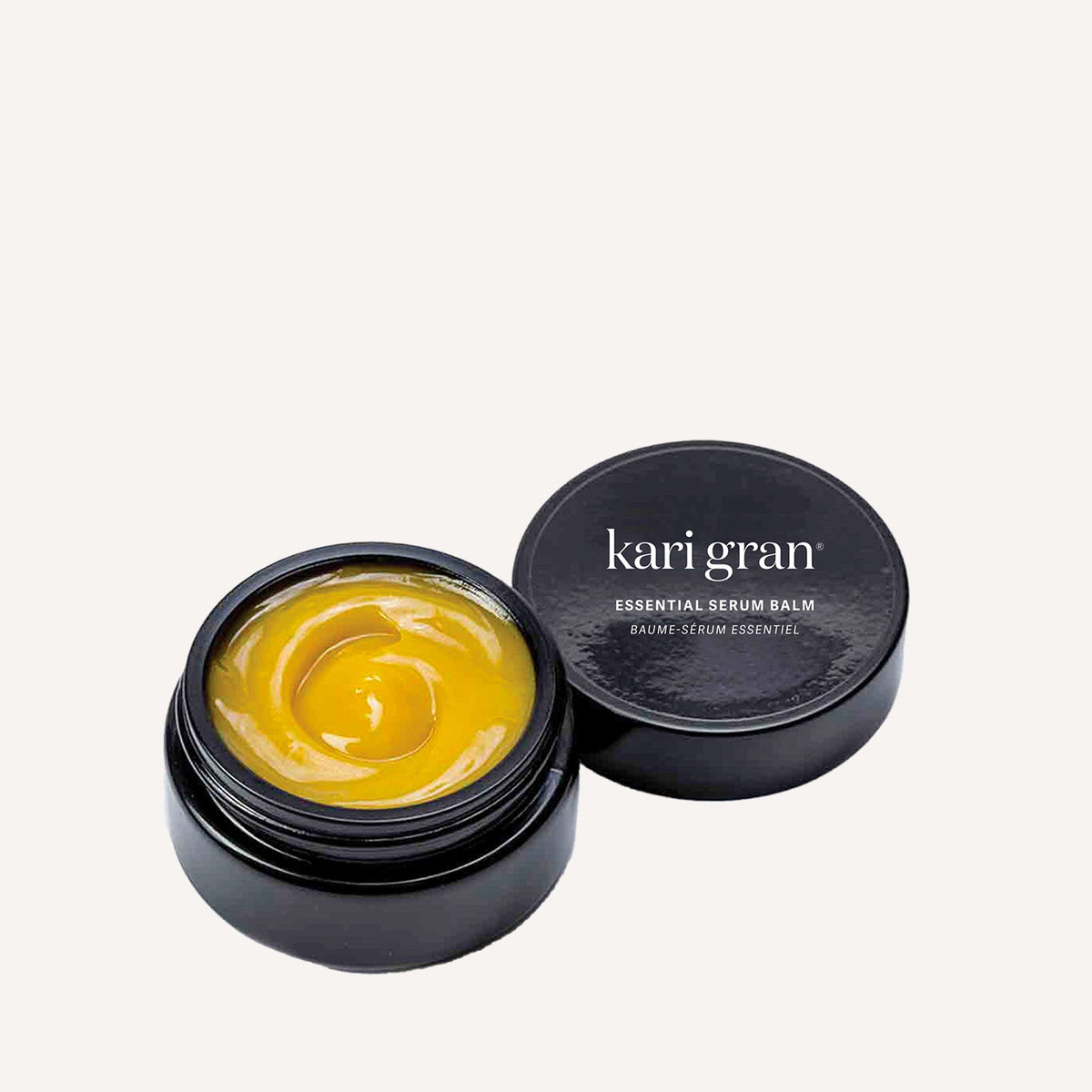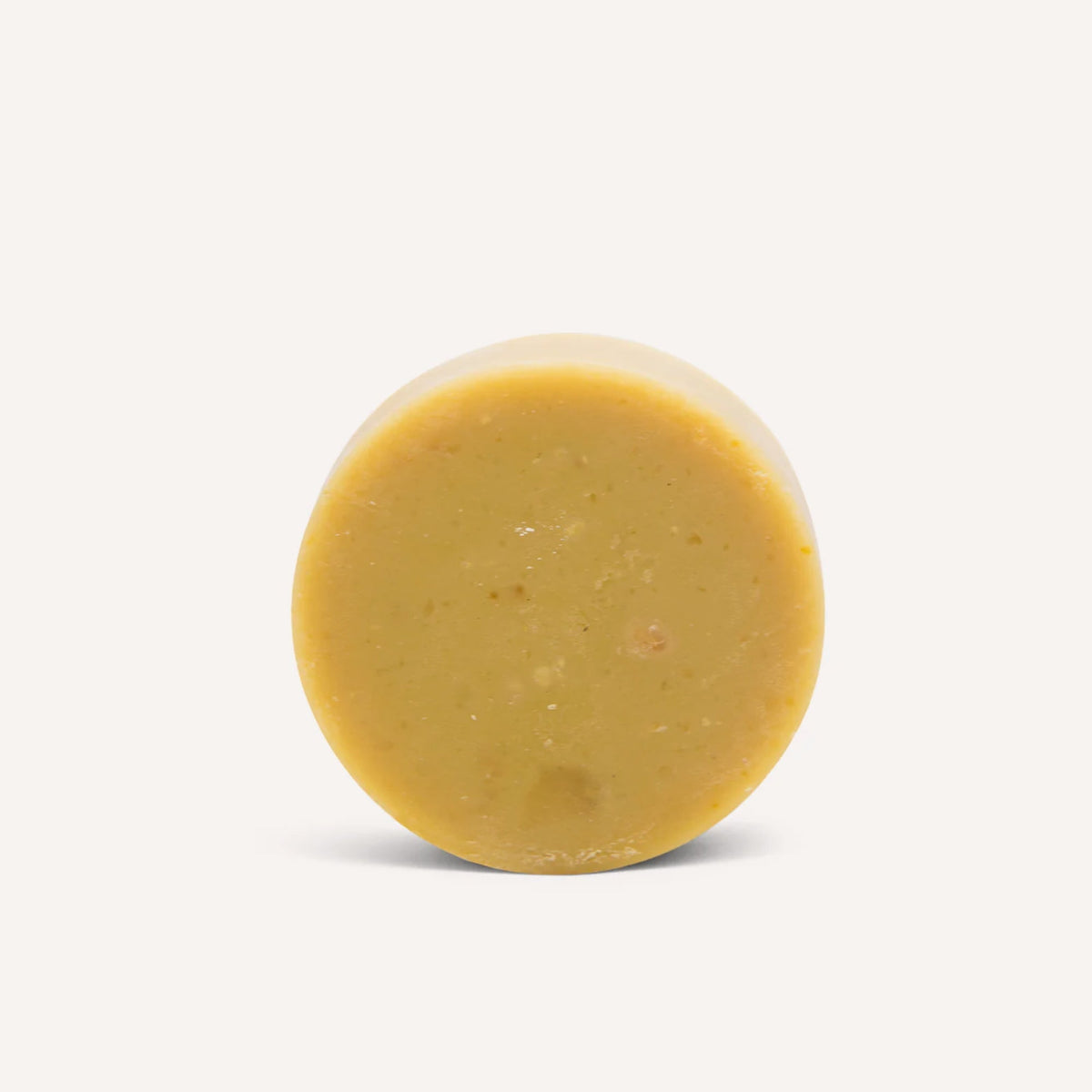What Exactly Do SPF Numbers Mean?
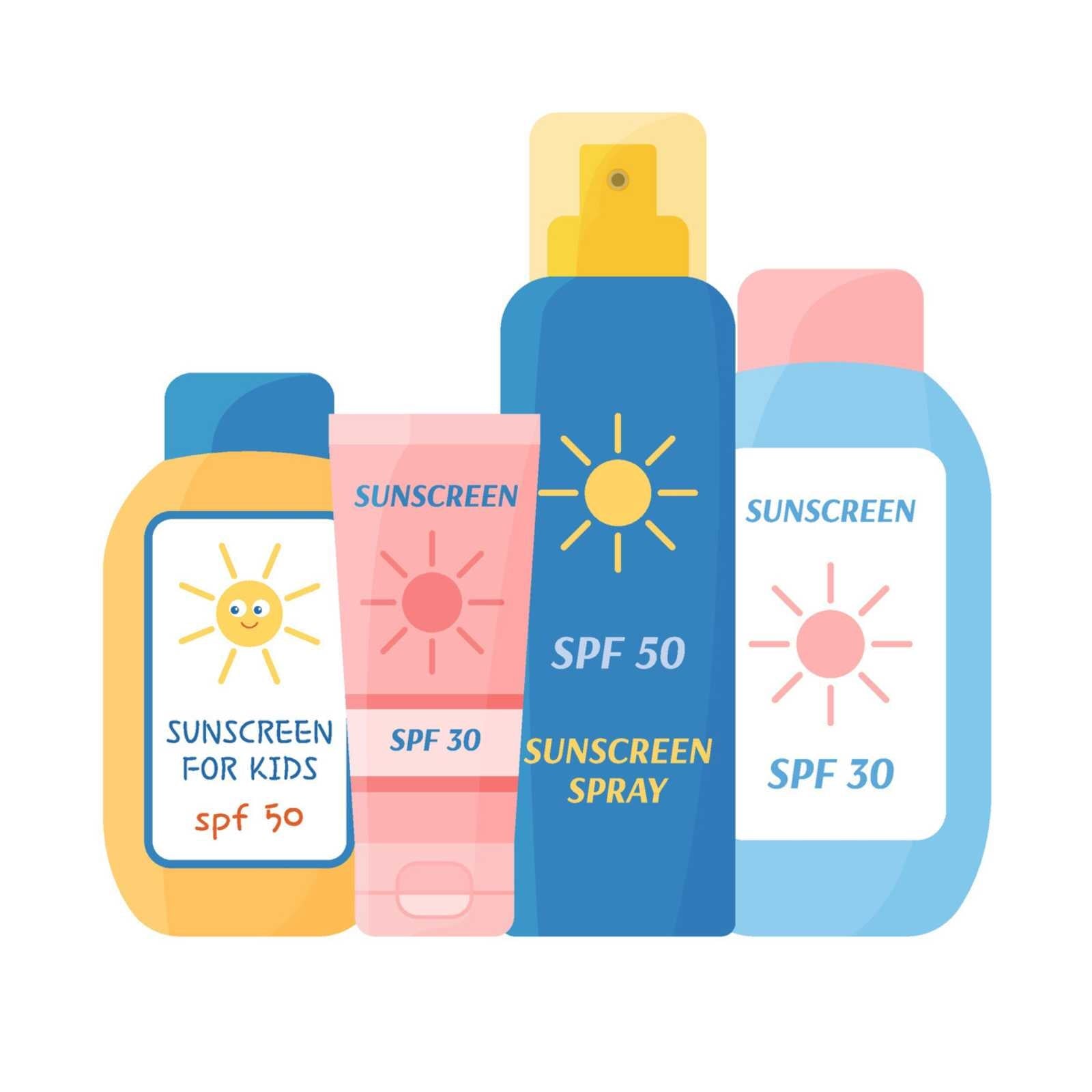
Growing up in the ‘60s and ‘70s, summer was all about the California beach look – tanned and golden. Ads abounded with bikini-clad models sporting bronzed skin touting a multitude of tanning lotions. I fell hard for Hawaiian Tropic Oil with its intense coconut fragrance (at the time I thought it smelled exotic) and Bain de Soleil for “that St. Tropez tan”– so chic! I began to use the SPF 4 version, thinking it was a good protection (ha!) but both of those products were just about as effective as slathering on baby oil. Inadequate protection and my goal every summer to get the deepest tan possible (which admittedly wasn’t too hard for me) left me exposed and vulnerable to sun damage and sun-burning. But back then, there was nothing I loved more than getting a really good “tan line.”
SPF was only introduced in the 1970s, and for many people (including me), it took several more years for me to pay attention to the SPF in the products I was using. Today, I am vigilant about sun protection and equipped with Essential SPF plus the awareness of how damaging the sun can really be to our skin.
What exactly do the SPF numbers mean?
SPF stands for “sun protection factor,” and refers only to protection against UVB radiation – a.k.a. the rays that burn the skin. It has little to do with protection from sun’s UVA rays – a.k.a. the rays that age the skin. In fact, many sunscreens only protect you from UVB rays, but we will talk more about that in a later post.
The Skin Cancer Foundation says, “SPF – or Sun Protection Factor – is a measure of a sunscreen's ability to prevent UVB from damaging the skin. Here's how it works: If it takes 20 minutes for your unprotected skin to start turning red, using an SPF 15 sunscreen theoretically prevents reddening 15 times longer – about five hours. Most sunscreens with an SPF of 15 or higher do an excellent job of protecting against UVB.”
People are often surprised that wearing a sunscreen with a higher SPF number doesn’t guarantee that you can stay out longer. High-SPF products often mislead people to apply too little sunscreen and stay in the sun too long. Plus if you're active, either swimming or sweating in the sun, the moisture can wash sunscreen away, leaving your skin unprotected.
How much of the UVB rays are really being filtered according to SPF numbers?
Sunscreens with SPF 15 filter out 93 percent of UVB rays. Double the SPF number to an SPF of 30, and it only filters out 4 percent more at 97 percent. An SPF of 50 filters 98 percent.
So how high of SPF do you really need?
When Kari was formulating the Essential SPF she focused on using natural-based ingredients and targeted a 25-35 SPF because according to the Skin Cancer Foundation “sunscreens with an SPF of 15 or higher do an excellent job.” Three Sixty Five was submitted for testing and received an SPF rating of 28 – making it perfect for everyday use rain or shine!
More articles on sun protection:
3 Easy tips for choosing the right sunscreen.

